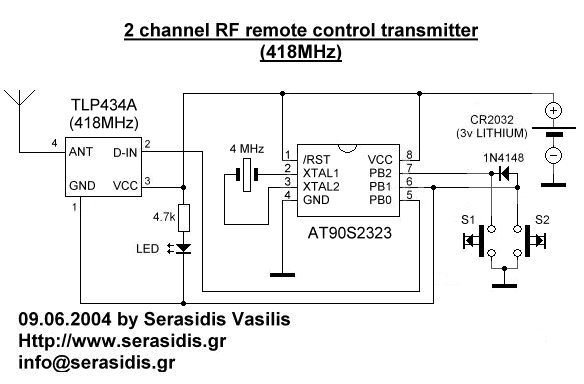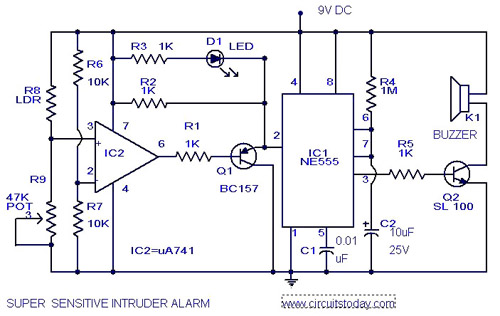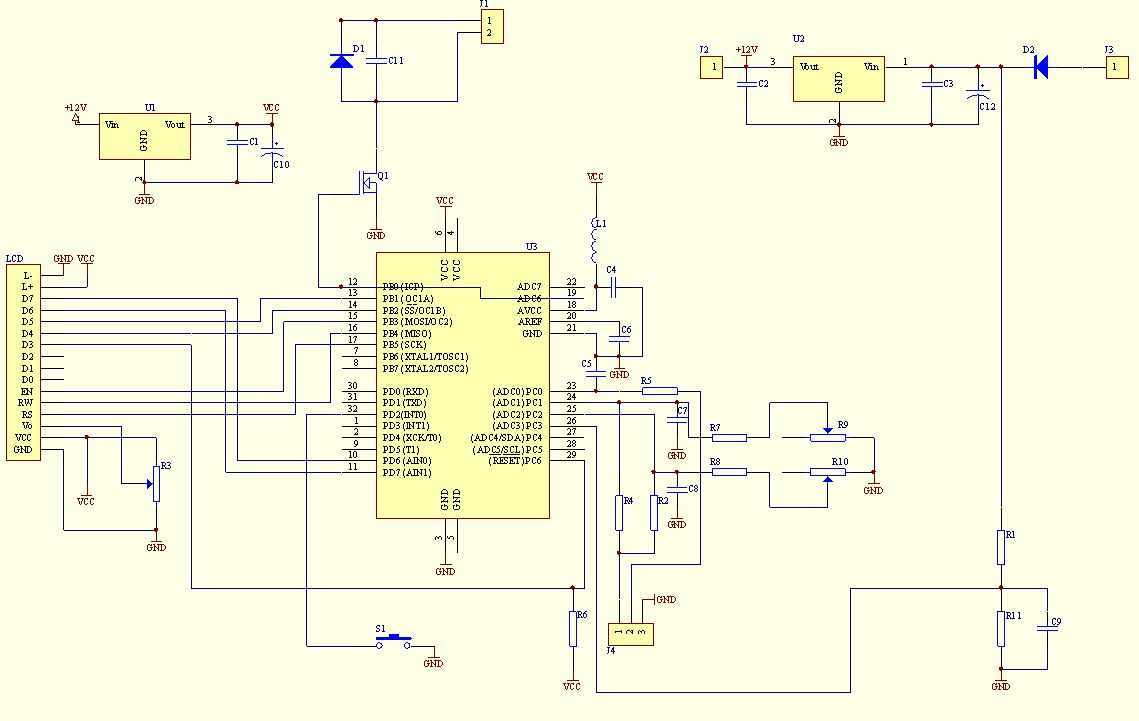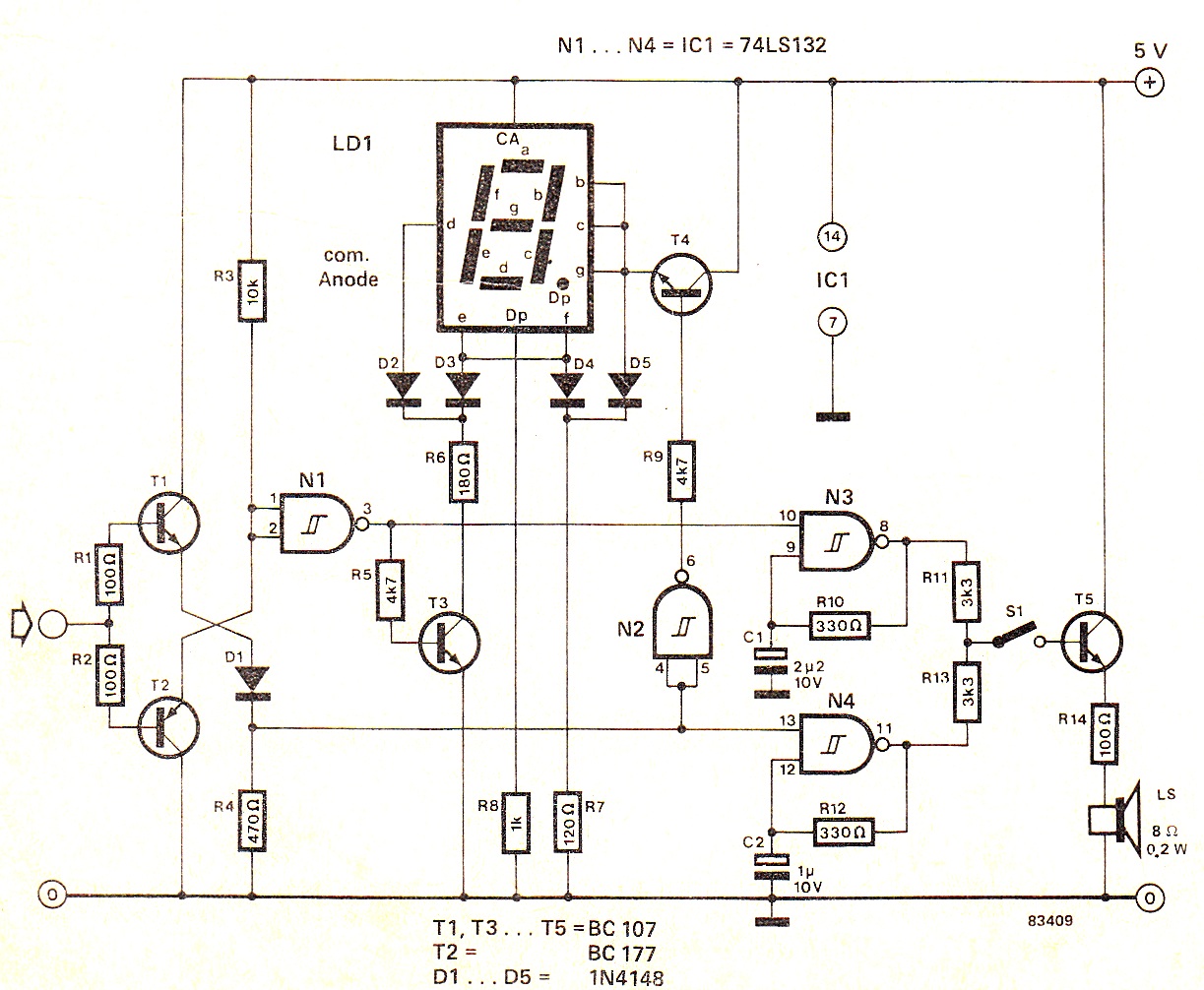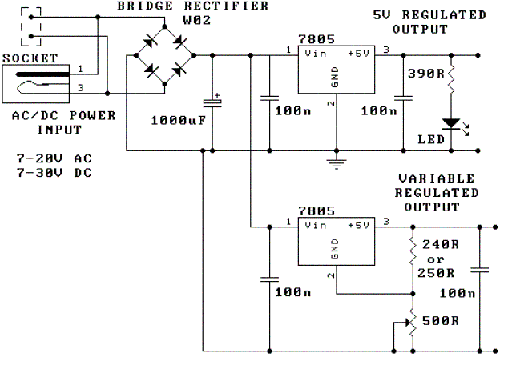
microcontroller based digital clock with alarm
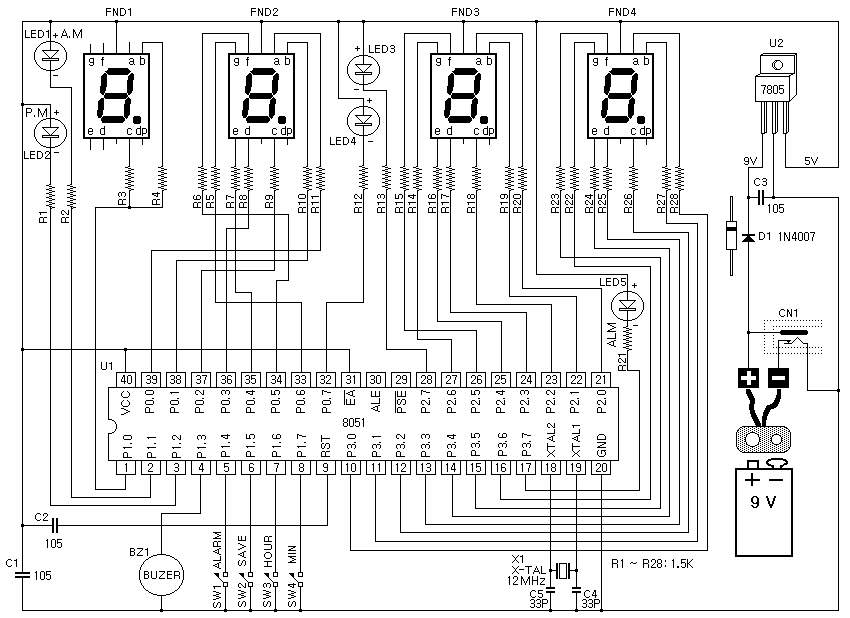
The input mentions the 89S51/52 microcontrollers, but the accompanying image shows the 89C51. Clarification is needed regarding which microcontroller should be used with the provided .hex file without requiring changes to the file.
The 89S51 and 89S52 are part of the 8051 microcontroller family, which is widely utilized in embedded systems. The 89C51, while also an 8051 variant, has distinct characteristics that may affect compatibility with software. The primary difference between the 89C51 and the 89S51/52 lies in their architecture and features. The 89C51 is a standard version, while the 89S51 and 89S52 include additional features such as enhanced memory capabilities and support for external memory interfacing.
When selecting a microcontroller for a specific application, it is crucial to ensure that the hardware and software are compatible. The provided .hex file is likely compiled for a specific microcontroller architecture. If the .hex file was specifically designed for the 89S51 or 89S52, using it with the 89C51 may lead to unforeseen issues, such as incorrect operation or failure to execute the program as intended.
To determine the appropriate microcontroller, one must review the specifications of the .hex file and the intended application. If the .hex file was generated for the 89S51/52, it is advisable to use one of those models to ensure full functionality. Conversely, if the .hex file is compatible with the 89C51, then it can be utilized without modification. Therefore, consulting the documentation associated with the .hex file and the microcontroller specifications is essential for making an informed decision.You have mentioned 89S51/52.But in the picture I see 89C51. Which one do I use for the given .hex file(without the need to change the .hex file)?2.. 🔗 External reference
The 89S51 and 89S52 are part of the 8051 microcontroller family, which is widely utilized in embedded systems. The 89C51, while also an 8051 variant, has distinct characteristics that may affect compatibility with software. The primary difference between the 89C51 and the 89S51/52 lies in their architecture and features. The 89C51 is a standard version, while the 89S51 and 89S52 include additional features such as enhanced memory capabilities and support for external memory interfacing.
When selecting a microcontroller for a specific application, it is crucial to ensure that the hardware and software are compatible. The provided .hex file is likely compiled for a specific microcontroller architecture. If the .hex file was specifically designed for the 89S51 or 89S52, using it with the 89C51 may lead to unforeseen issues, such as incorrect operation or failure to execute the program as intended.
To determine the appropriate microcontroller, one must review the specifications of the .hex file and the intended application. If the .hex file was generated for the 89S51/52, it is advisable to use one of those models to ensure full functionality. Conversely, if the .hex file is compatible with the 89C51, then it can be utilized without modification. Therefore, consulting the documentation associated with the .hex file and the microcontroller specifications is essential for making an informed decision.You have mentioned 89S51/52.But in the picture I see 89C51. Which one do I use for the given .hex file(without the need to change the .hex file)?2.. 🔗 External reference

